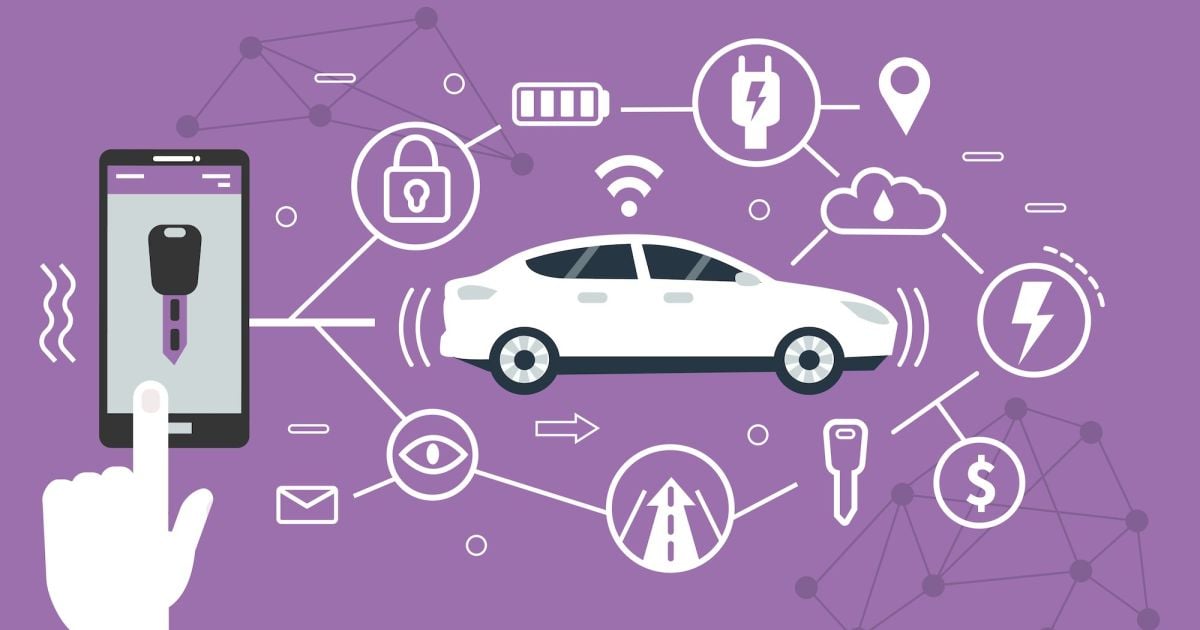Introduction
In today’s fast-paced world, staying connected is not just a convenience; it’s a necessity. As our lives become increasingly intertwined with technology, the concept of car connectivity has emerged as a driving force behind innovation in the automotive industry. Pair that with the Internet of Things (IoT), and you have a potent recipe for the future of in-car technology.
In this blog post, we will dive deep into the world of car connectivity and IoT, exploring how these technologies are transforming our vehicles into smart, connected hubs of innovation. From enhancing safety to improving convenience, the future of in-car technology is poised to redefine the way we drive.
The Rise of Car Connectivity
Car connectivity is not a new concept, but it has evolved significantly over the years. Gone are the days when a car’s primary purpose was to get you from point A to point B. Today, your vehicle is an extension of your digital life, seamlessly integrating with your smartphone, home devices, and even the cloud.
- Infotainment Systems
One of the most visible aspects of car connectivity is the evolution of infotainment systems. Modern vehicles come equipped with sophisticated touchscreen displays that offer a host of features beyond radio and CD players. These systems connect to your smartphone, providing access to music, navigation, and apps. Voice recognition and natural language processing have made it easier than ever to control your car’s functions with simple voice commands. - Connectivity on the Go
As 5G networks roll out across the globe, in-car connectivity is set to become even more robust. High-speed internet connections mean you can stream content, participate in video conferences, and enjoy real-time navigation updates without a hitch. The car of the future will be a mobile hotspot, ensuring that you stay connected no matter where your journey takes you. - Safety Features
Car connectivity isn’t just about entertainment; it’s also about safety. Advanced driver-assistance systems (ADAS) rely on connectivity to provide features like adaptive cruise control, lane-keeping assistance, and collision avoidance. These technologies use sensors and data from other vehicles to make driving safer and more efficient.
The IoT Revolution in Cars
While car connectivity brings convenience and safety, the Internet of Things takes it to the next level. IoT refers to the interconnection of everyday objects via the internet, and cars are no exception to this trend. Here’s how IoT is revolutionizing in-car technology:
- Vehicle-to-Everything (V2X) Communication
Imagine your car seamlessly communicating with traffic lights, other vehicles, and even pedestrians. V2X communication is making this a reality. With IoT-enabled cars, your vehicle can send and receive data about road conditions, traffic congestion, and potential hazards. This technology has the potential to reduce accidents and improve traffic flow. - Predictive Maintenance
IoT sensors can monitor your car’s performance in real time, sending data to manufacturers or service centers. This allows for predictive maintenance, where potential issues are detected before they become major problems. Not only does this save you time and money, but it also enhances the lifespan of your vehicle. - Enhanced Security
Connected cars are more secure than ever before, thanks to IoT. Vehicle tracking systems and remote immobilization can deter theft and aid in recovery if your car is stolen. Additionally, IoT security features protect your personal data, ensuring that your in-car experience remains private and secure.
Challenges and Considerations
While the future of in-car technology is undoubtedly exciting, it comes with its fair share of challenges and considerations. Privacy and cybersecurity are top concerns when it comes to IoT in vehicles. Manufacturers must prioritize protecting the data transmitted by connected cars and ensuring that vehicles cannot be easily hacked.
Additionally, the rollout of IoT in cars may face regulatory hurdles and compatibility issues. Standardization and cooperation among automakers and technology providers will be crucial to creating a seamless and secure ecosystem for connected vehicles.
Conclusion: Driving into the Future
As we look ahead, the future of in-car technology is undeniably promising. Car connectivity and IoT are transforming our vehicles into smart, connected companions that enhance our safety, convenience, and overall driving experience. From infotainment systems that keep us entertained to advanced safety features that protect us on the road, the possibilities are endless.
However, as we embrace this technological revolution, it’s essential to tread carefully. Privacy and security must remain paramount, and the industry must work together to address the challenges that come with a connected future.
In conclusion, the car of the future isn’t just a mode of transportation; it’s a hub of innovation and connectivity. Buckle up, because the journey ahead promises to be one filled with exciting advancements and endless possibilities.




